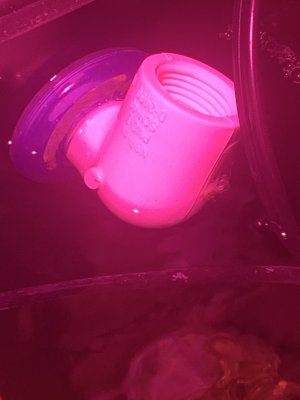Anyone know the flow rate on one of these?
 premiumaquatics.com
premiumaquatics.com
Slip Bulkhead Kit (with Slip Screen And 90 Insert) 1/2' | Premium Aquatics
Aquarium & Fish Supplies Superstore. Guaranteed Low Prices. Free Shipping for qualified orders. Aquarium supply for your aquarium fish, saltwater aquariums, freshwater aquariums and ponds. The best aquarium lighting, protein skimmers, aquarium chillers, calcium reactors, aquarium pumps for fish...

